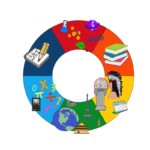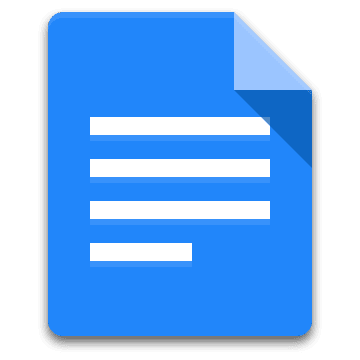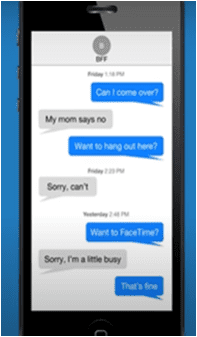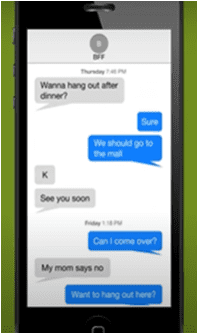ALTERNATE EXPRESSION OPTIONS: Allow students to either share aloud or write down their questions and contributions to the class.
learning skilLS
Task Initiation
Emotional Control

instructional strategy
Alternate Expression
Allow students to either share aloud or write down their questions and contributions to the class.
_________
LEARNING PREFERENCES
academic skill
Reading Comprehension Grade 3 – 9
Making local and global inferences, using explicit and implicit evidence

| Grade | Curriculum Focus | |||||
| 3 | Make inferences using stated and implied information and ideas to understand textsdescription | |||||
| 4-5 | Make local and global inferences, using explicit and implicit evidence, to extend their understanding of various texts | |||||
| 6-7 | Make local and global inferences, using explicit and implicit evidence, to develop interpretations about various texts and to extend their understanding | |||||
| 8-9 | Make local and global inferences, using explicit and implicit evidence, to explain and support their interpretations about various complex texts | |||||
Lesson Objective, Goal and Success Criteria


UDL Instruction



Differentiated Instruction

Measurement of Success

Materials, References and Resources
Supplemental Documents
Small Group Discussion- Grade 3-7
- The first groups discuss and answer questions to the picture inference
- The second groups discuss and answer the questions to the reading inference
Picture Inference
| I can infer that ____________________________________ because I know ________________________________ and I see _______________________________________ |
| Reading Inference |
| I know __________________________________________________ And I see ________________________________________________ Therefore, I can infer _______________________________________ |
Small Group Discussion- Grade 8-9
- The first groups discuss and answer questions to the first text message inference
- The second groups discuss and answer the questions to the second text message inference
1st Text Message Inference

| Find information from the text that will help you answer the question. | Think about what you know about the information. | Combine what the text says with what you know to come up with the answer. |
| IT SAYS: What do you see? | I SAY: What does that mean? | AND SO: What is really going on? |
2nd Text Message

| Find information from the text that will help you answer the question. | Think about what you know about the information. | Combine what the text says with what you know to come up with the answer. |
| IT SAYS: What do you see? | I SAY: What does that mean? | AND SO: What is really going on? |
INDIVIDUAL ACTIVITY- GRADE 3-7
Google Doc Activity Worksheet
Individual Question Squares
INDIVIDUAL ACTIVITY- GRADE 6-9
Google Doc Activity Worksheet
Individual Question Squares
[hide_learndash_menu]
